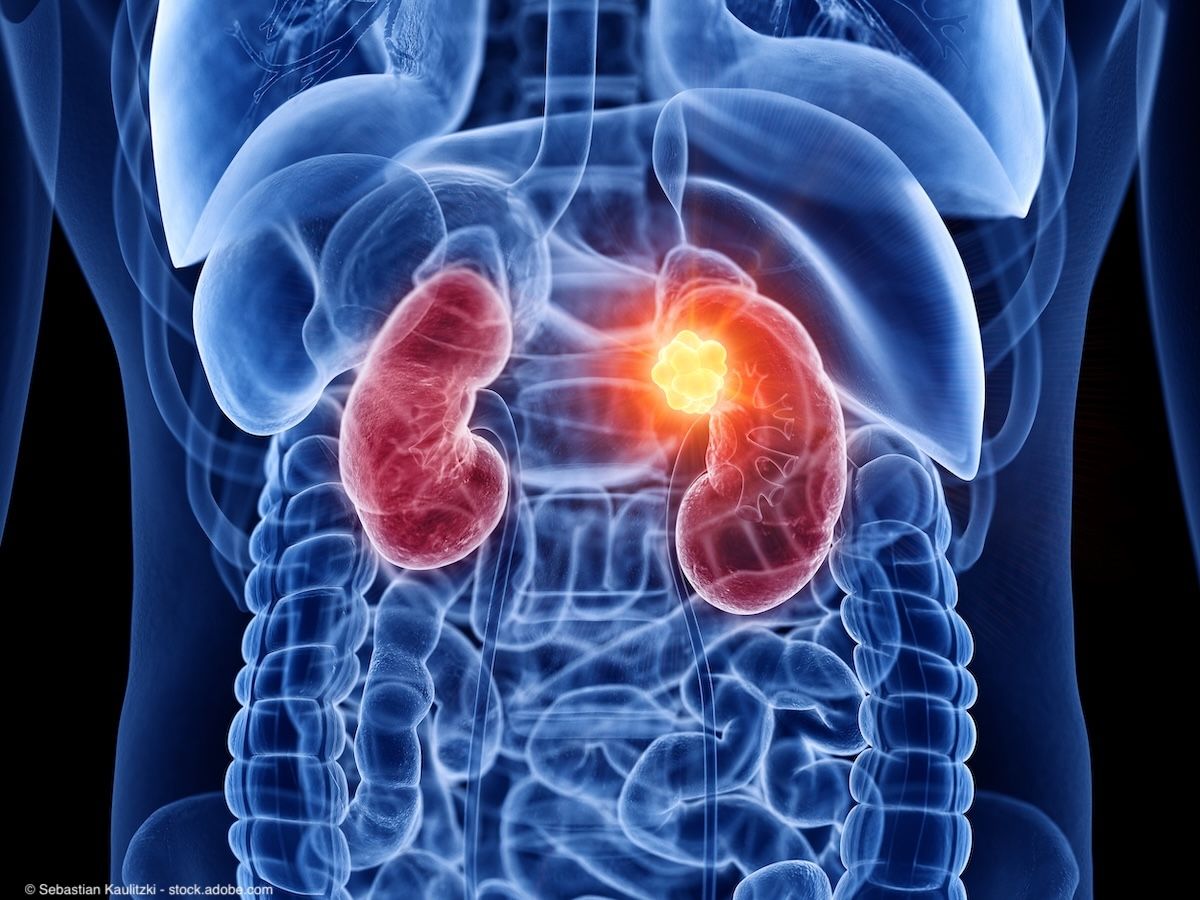Article
Blue light cystoscopy linked to lower recurrence in NMIBC
Author(s):
Photodynamic diagnosis (PDD) with blue light was associated with lower recurrence rates and improved recurrence-free survival (RFS) compared to white light (WL) cystoscopy in patients with bladder cancer who received transurethral resection of bladder tumor (TURBT).1
The benefits of PDD with blue light over WL may persist for up to 5 years, according to the results of a systematic review and meta-analysis presented at the 36th Annual European Association of Urology Congress.
“While good evidence exists for improved detection with the use of PDD, the effect on recurrence rates is less clear cut. The last review on the subject was performed 5 years ago and we aimed to provide an up-to-date analysis focusing on median to long-term outcomes,” said first study author Paul Gravestock, a urology trainee at the Freeman Hospital, Newcastle, United Kingdom.
Gravestock et al conducted a literature review of the Medline, EMBASE, and CENTRAL databases looking for randomized controlled trials in this setting in which the primary outcome was recurrence rates of 12 and 24 months. Overall, 12 studies were identified, with 2388 patients.
The findings showed that PDD reduced recurrence rates at 12 (RR, 0.73) and 24 months (RR, 0.75). Additionally, hazard ratios showed that patients receiving WL had a higher risk of recurrence at 12 (HR, 1.14) and 24 months (HR, 1.25).
Of note, 2 of the studies had 60-month data showing outcomes favoring PDD at 5 years out. In 1 trial, the recurrence rate was 49% with PDD versus 68% with WL at 5 years. In the other study, the RFS rates were 68% with PDD versus 57% with WL at 5 years.
Adverse event data were available from 5 of the 12 studies. The safety analysis included 1391 patients and showed, “no significant difference between PDD and WL, which is consistent with previous safety analyses,” said Gravestock.
Gravestock noted that tumor demographics varied among the studies. “This is relevant because PDD has been shown to preferentially improve detection in high-risk and multifocal disease, the proportions of which varied between trials,” he said. Studies which included a subanalysis of these groups reflected this outcome, with a more pronounced improvement in RFS in patients with multifocal and high-risk disease.
The use of intravesical therapy and BCG was variable throughout the 12 studies. Six of 12 studies used a single dose of immediate postoperative intravesicalchemotherapy. In the remaining 6 studies, “No immediate postoperative dose was given, but adjuvant therapy was utilized based on tumor risk,” explained Gravestock. The adjuvant therapy given was not uniformly reported between studies, however, making this another confounding factor, said Gravestock.
Yet another confounding factor was that “PDD has an associated learning curve, which may be advantageous to small, single-center, single-surgeon trials,” said Gravestock.
Given the totality of these confounding factors, Gravestock said, “There is some question as to whether the results would translate to clinical utility in a real-world setting. And a large, pragmatic trial is, therefore, likely required.”
The use of blue light cystoscopy is authorized in the United States. Specifically, the FDA approved blue light cystoscopy with Cysview (hexaminolevulinate HCl) to enhance the detection of carcinoma of the bladder.
Reference
1. Gravestock P, Veeratterapillay R, Nambiar A, et al. Time to turn on the blue lights: A systematic review and meta-analysis of photodynamic diagnosis for bladder cancer. Presented at 36th Annual EAU Congress (virtual). July 8-12, 2021. P0717.
Newsletter
Stay current with the latest urology news and practice-changing insights — sign up now for the essential updates every urologist needs.
















